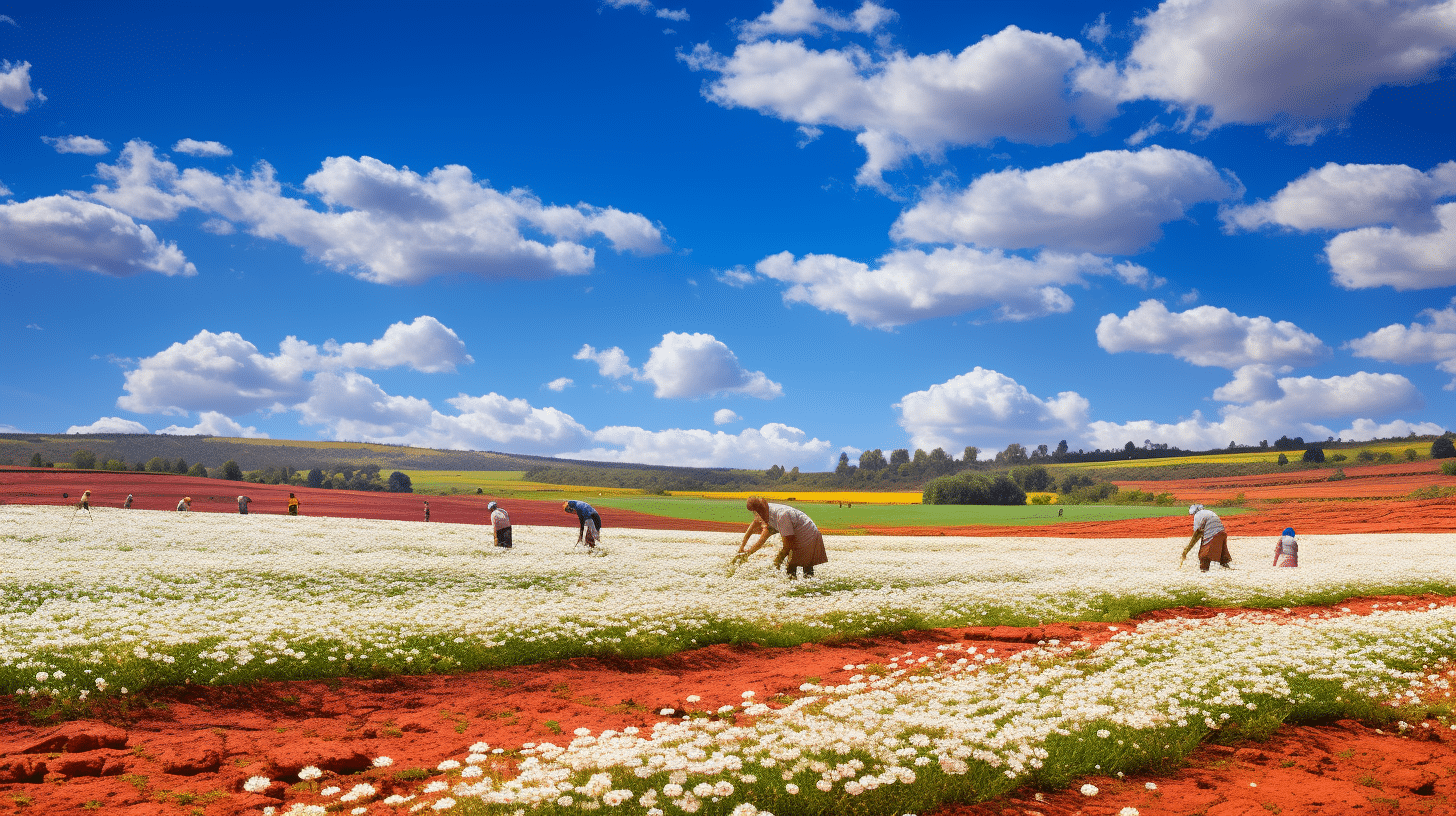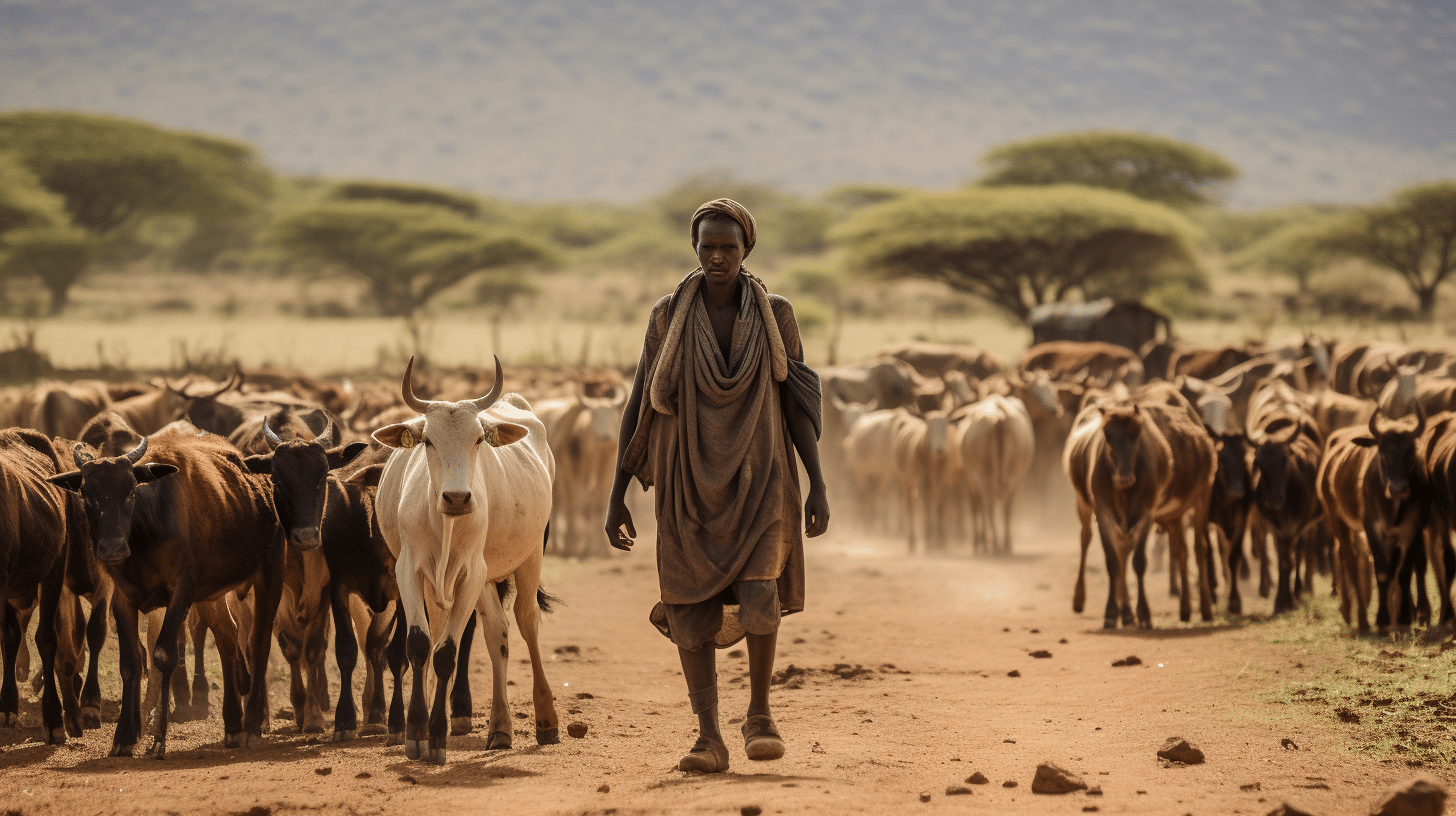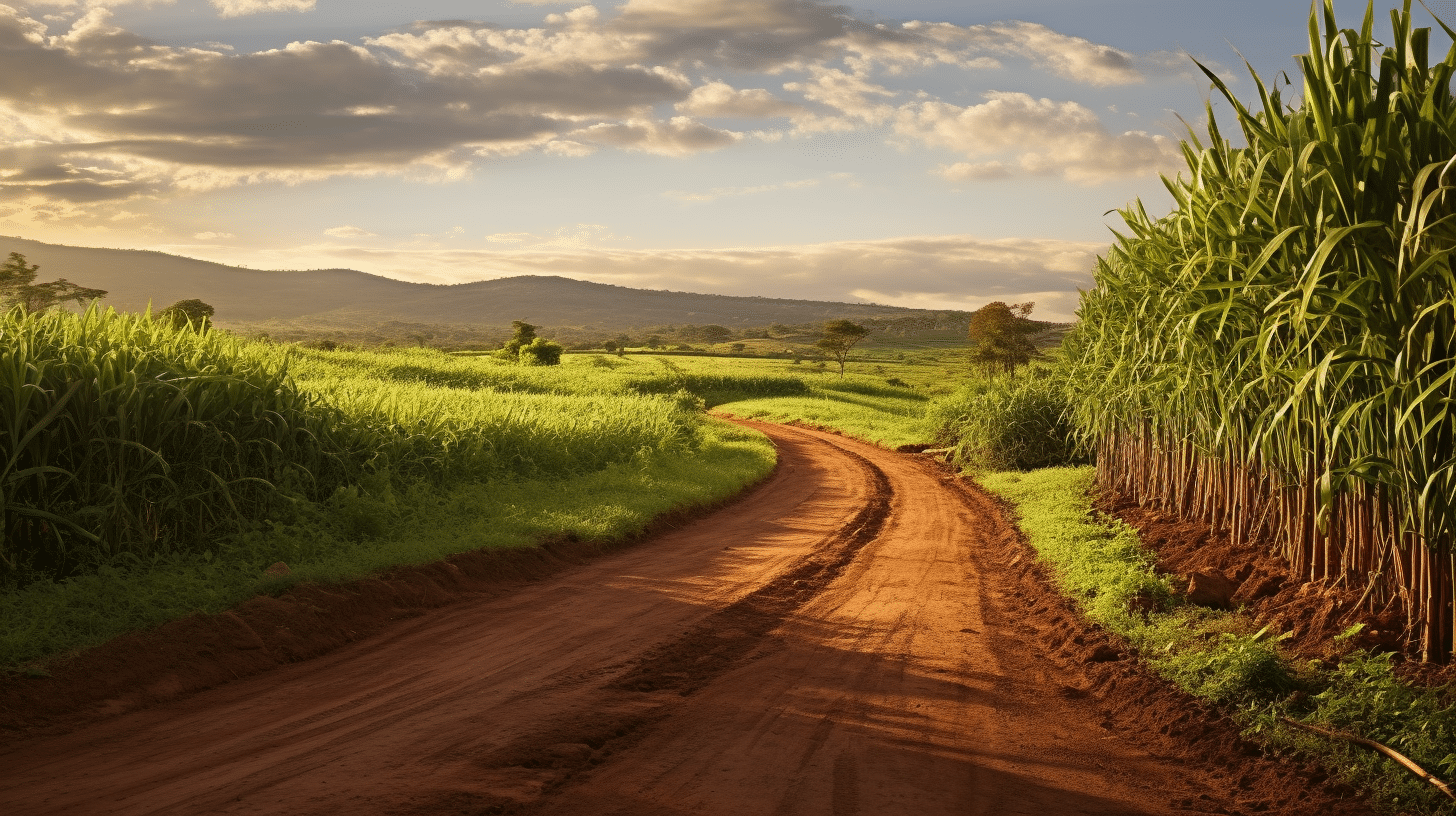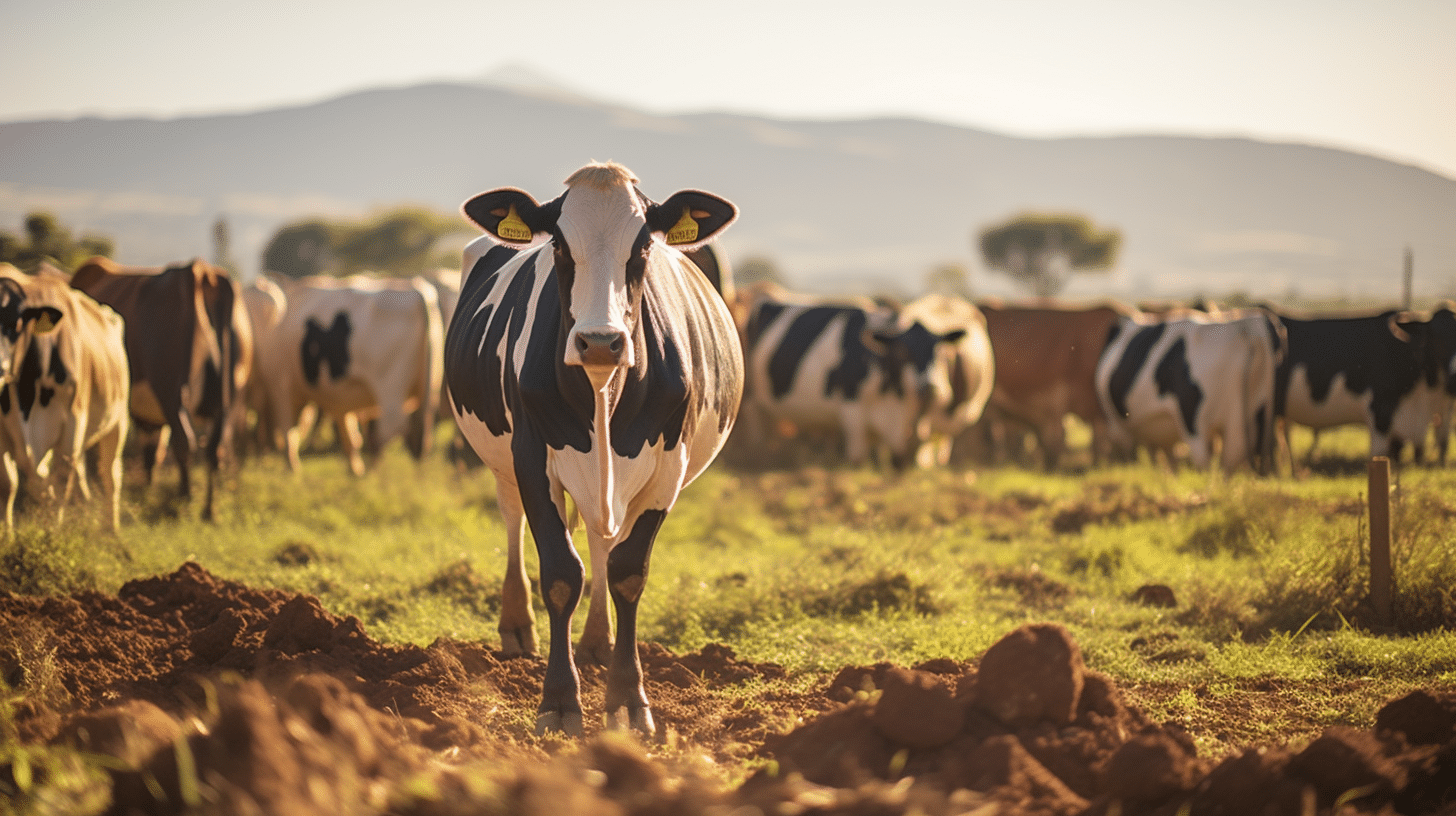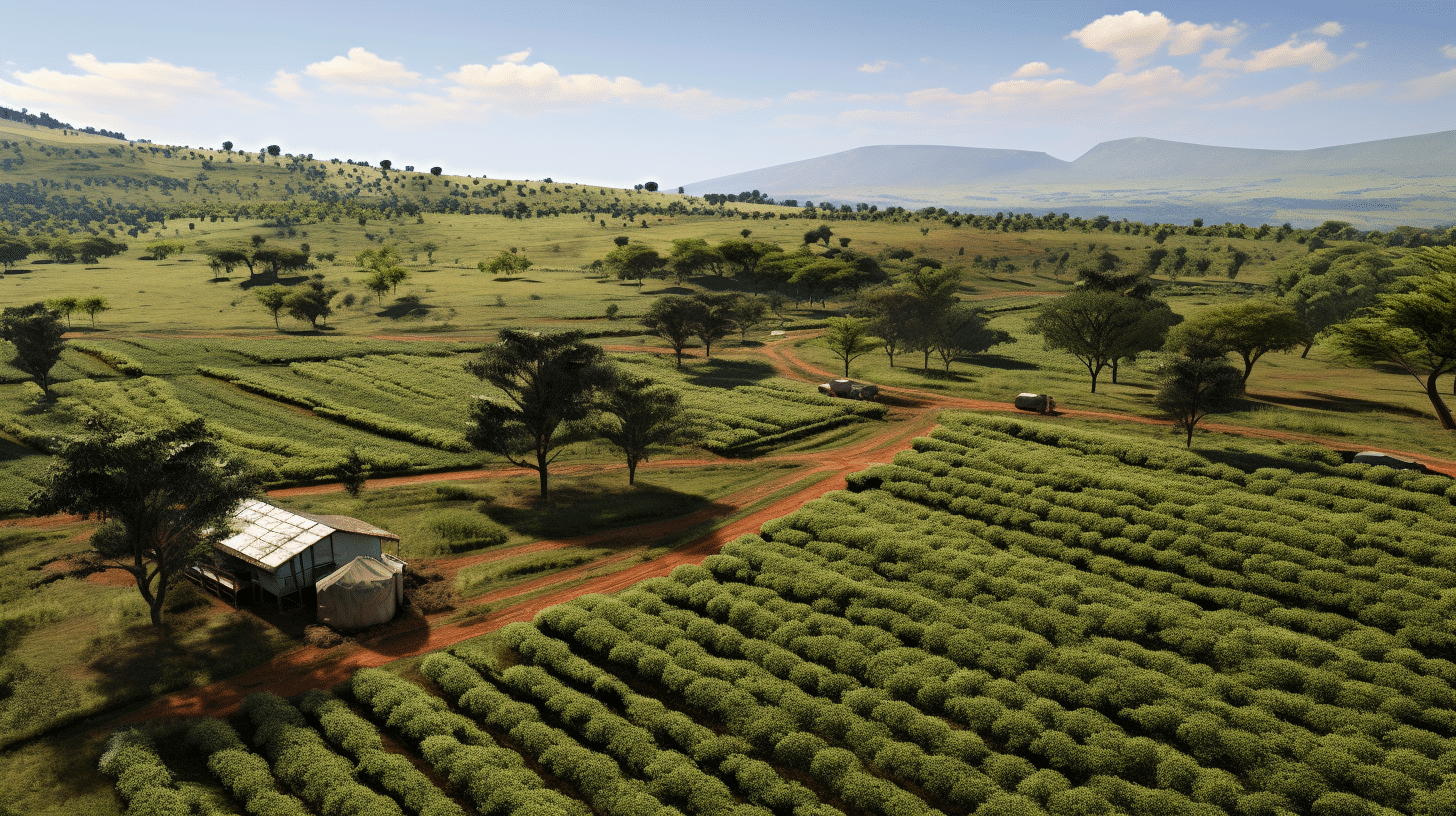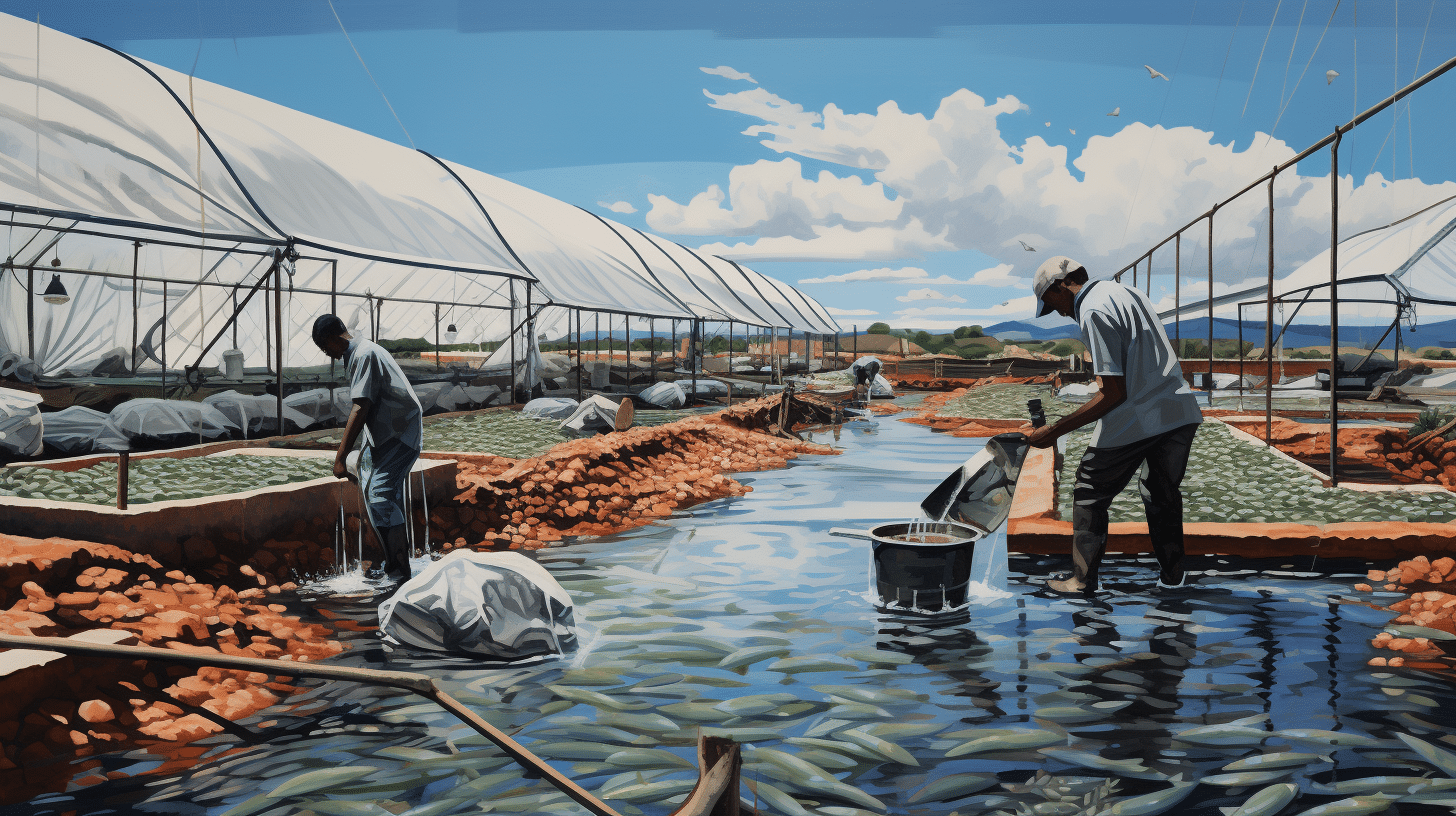If you have a few shillings in your pocket, you have probably thought of ways to double your money in Kenya through business ventures. Breeding chicken in Kenya, once a very lucrative business, has unfortunately turned into nightmares for most farmers in Kenya due to the high cost of chicken feed. Prices on all commodities in Kenya continue to rise, and salaries continue to remain the same. Kenyan youths looking to do chicken farming in Kenya as a solution have been largely disappointed. What if you could engage in a business in Kenya that provides better yields, tastier eggs and meat, and higher earnings than what you would get from chicken?
Quail in Kenya have been a part of the echo system since the beginning, but people discovered its health benefits in Kenya recently. Mature quails in Kenya weigh up to half a kilogram and yet they cost from Kshs 500 onwards on sale. A 55g chicken egg goes for Kshs 11 while a ten gram quail egg in Kenya goes for Ksh 20. The nutritional value of quail eggs surpasses that of chicken eggs in Kenya. In fact, quail eggs in Kenya have larger amounts of Vitamins B complex, E and K. Quails in Kenya are kept in the same way you would keep chicken. Quail birds in Kenya can be situated in a barn or left in a farm as free range. Yes, quails are birds, but they do not like to fly. After all, they build their nests on grass!
It takes about 17-18 days for a quail chick in Kenya to hatch. Furthermore, the hatched quail chick starts producing quail eggs in Kenya within a two-month period. This means that while you wait for a hen to mature, you will have already benefited from quail three times, not counting the eggs the second and third batch of quail will give you in Kenya. The trick in succeeding in business in Kenya is to keep on top of your research. Quails in Kenya are classified as wild animals and there are of different types. To practice quail farming in Kenya, you will need a license from Kenya Wildlife Service. The licence for quail keeping or farming in Kenya only costs you five hundred shillings from KWS offices in Kenya.
KWS in Kenya provides rich information on quail farming to quail farmers in Kenya. The information Kenya Wildlife Service provides to the people includes the best breeds and where to find farmers and eggs in Kenya. Once you get your quail farming license in Kenya, build your ban and stock up on chicken feed, it is time to get your quail birds. Remember to get feeders and water containers for successful quail farming in Kenya. Make sure the water containers in the quail barns in your farm in Kenya are small in size to prevent drowning of young quail. Quails in Kenya eat only 20g while to a chicken usually eat 150g of food each day. This is another reason why Quail farming in Kenya is better than chicken farming in Kenya. One more reason to invest in quail farming in Kenya is that the quails in Kenya rarely become sick. Quail farmers in Kenya do not need to constantly supervise the quails once they are fed since they are not as delicate as chicken in chicken farming in Kenya. All Kenya quail farmers need to do to expand the barns as the quails increase in the farm.
A good tip in Quail farming in Kenya is to invest in an incubator. Quail birds as already stated are wild animals, and when it comes to egg hatching, they do not do as well when they are in enclosed spaces. A quail bird`s incubator in Kenya will greatly increase your yields and profits. Did I mention that quail meat and eggs in Kenya taste better than that chicken meat and eggs? Yep! Quail farming is the way to go in Kenya!


